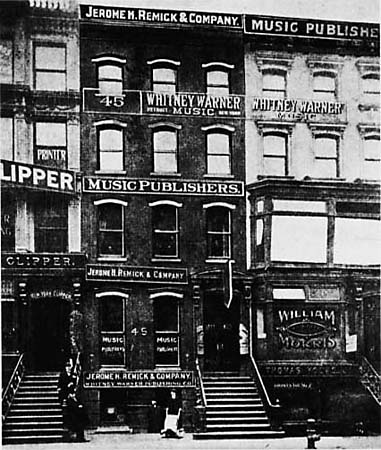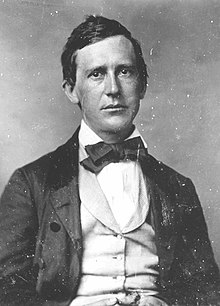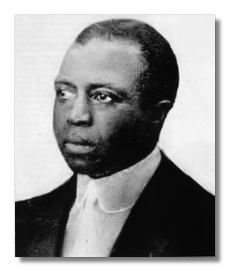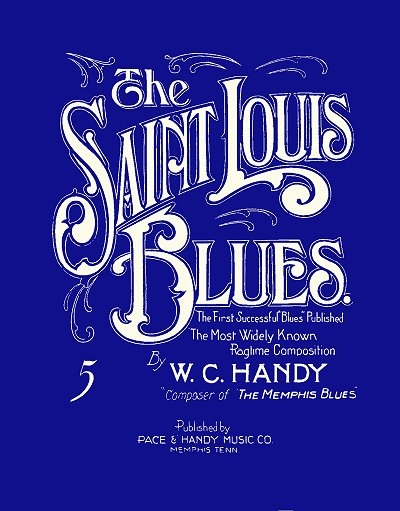The Songcraft Story
I recently saw Robbie Robertson former lead guitarist and chief songwriter for The Band on the Tavis Smiley show. Robbie pointed out that prior to the Beatles, very few rock music performers wrote their own material, but after the Beatles nearly every band began writing their own songs, primarily because it was financially advantageous to do so.
The math is simple: The credited "performer" receives around 3-4% of the royalty cut, while the credited "songwriter" gets a heftier 12-13% of the royalty cut. It made sense for performers to write their own material because they would receive between 15% and 17% of the royalty cut instead of the usual 3-4% a band or musician receives for covering someone else's song.
After the Beatles, performing musicians were expected to write their own original material and the bands that couldn't write their own music were considered lightweight cover bands. With the rise of songwriting bands the nearly 100 year old songcraft tradition that began on Tin Pan Alley died a slow death.
The Rise of Tin Pan Alley
Tin Pan Alley is the name given to the collection of New York City music publishers and songwriters who dominated the popular music of the United States in the late 19th century and early 20th century. The name originally referred to a specific place: West 28th Street between Fifth and Sixth Avenue in Manhattan where both songwriters and music publishers maintained offices. Tin Pan Alley was the home of the great pop music songwriters of the pre-rock era like Irving Berlin, George & Ira Gershwin, George M. Cohan, Johnny Mercer, Jerome Kern & Cole Porter. Even black musicians like Fats Waller and Scott Joplin had songwriting offices on Tin Pan Alley.
 Tin Pan Alley 1910
Stephen Foster: The Father of the American Pop Song
Tin Pan Alley 1910
Stephen Foster: The Father of the American Pop Song
Stephen Foster (1826-1864) was arguably the first popular songwriter in the Tin Pan Alley tradition. Foster's popularity pre-dated era of Tin Pan Alley but he was one of the first songwriters to move to the Lower East Side of Manhattan prior to the rise of the first generation of Tin Pan Alley songwriters a decade later. Foster wrote many of the great pop music classics of the pre-Civil War era like,
Camptown Races,
Jeanie With the Light Brown Hair,
My Old Kentucky Home,
Old Folk At Home,
Oh! Susanna and
Beautiful Dreamer. Foster was also an incorrigible drunk who killed himself at age 37 when he got drunk and fell and hit his head on a wash basin.
 Stephen Foster, the father of the American pop music song
Stephen Foster, the father of the American pop music song
Back in the days prior to the invention of the phonograph record player, the primary source of revenue for a songwriter was royalties from sheet music sales. Nearly every middle class family had piano in the parlor and at least one family member could sight read written sheet music. Stephen Foster sold millions of sheet music books of his original songs and was the first American popular music composer to become a household name in the United States. American pop music had it's origins with Stephen Foster and his followers who made Tin Pan Alley the American headquarters of pop music.
The Brill Building
After World War II songwriters began migrating from Tin Pan Alley to the Brill Building located further uptown at 1619 Broadway on 49th Street in the Manhattan, just north of Times Square. The greatest songwriters of the pre-Beatles pop music era maintained office space in the Brill Building, including Burt Bacharach and Hal David, Sonny Bono, Neil Diamond, Leiber & Stoller, Doc Pomus, Laura Nyro, Phil Spector, Tommy Boyce and Bobby Hart, Barry Mann & Cynthia Weil, Carol King & Gerry Goffin, Andy Kim & Marvin Hamlisch.
 The Brill Building
The Brill Building
Among the musicians headquartered at the Brill Building were Bobby Darin, Frankie Valle and the Four Seasons,the Drifters, Connie Francis, Lesley Gore, Darlene Love, the Ronettes, Gene Pitney, the Shirelles, the Shangri-las, Dionne Warwick, Tony Orlando & even California boy Brian Wilson maintained an East Coast address at the Brill Building.
From the mid-1950s until the mid-1960s the Brill Building was headquarters of Pop Music USA. But as Robbie Robertson said, the Beatles changed all that and songwriting is nearly an extinct profession except for a small cadre professional songwriters who write exclusively for the Broadway stage and film soundtracks. Randy Newman is an example of a songwriter who has adapted to the changing circumstances and now most of his income comes from lucrative contracts to write movie scores and soundtracks.
This journal will hopefully provide some history and critical analysis of popular music songwriting the United States. My purpose is to show examples of great songcraft since the dawn of poplar music in America and explain why certain songs have a certain elusive quality that makes them great. I look forward to this journey into the history of songcraft in the United States.















 Linear Mode
Linear Mode
